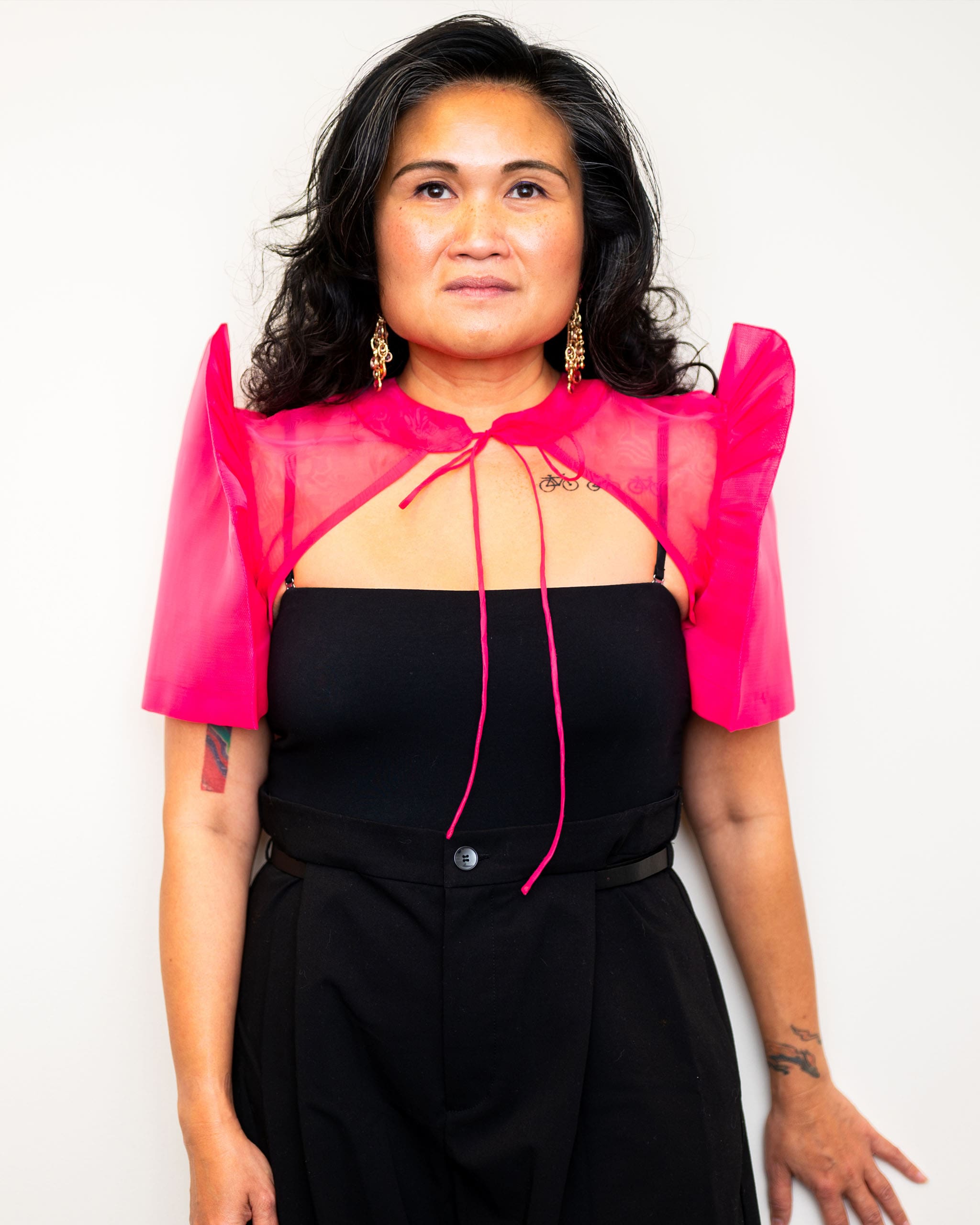Photo by Dahlia Katz
The year 2007 was a significant one in the social media and tech space. It was the year the first iPhone was released, Tumblr was launched, and I gave up my privacy to a networking site called Facebook. It was also the year when a video from the Philippines was posted on YouTube, quickly going viral when virality still meant something. Over 1,500 inmates from the Cebu Provincial Detention and Rehabilitation Center were dancing in perfect formation to Michael Jackson’s “Thriller.” The spectacle, an offspring of Busby Berkeley and the North Korean military, delighted most of the world, who praised the Filipino inmates’ innate talents and the rehabilitative powers of music.
The troupe, experiencing Internet fame, soon became a tourism act, performing regularly for visitors free of charge. Eventually the novelty wore off and the CPDRC warden was accused of exploiting the detainees and further oppressing them through punishing dance training. Numerous academic papers analyzed the phenomenon through a postcolonial lens, while the 2019 Netflix documentary Happy Jail exposed the prison as a hub for drug trafficking.
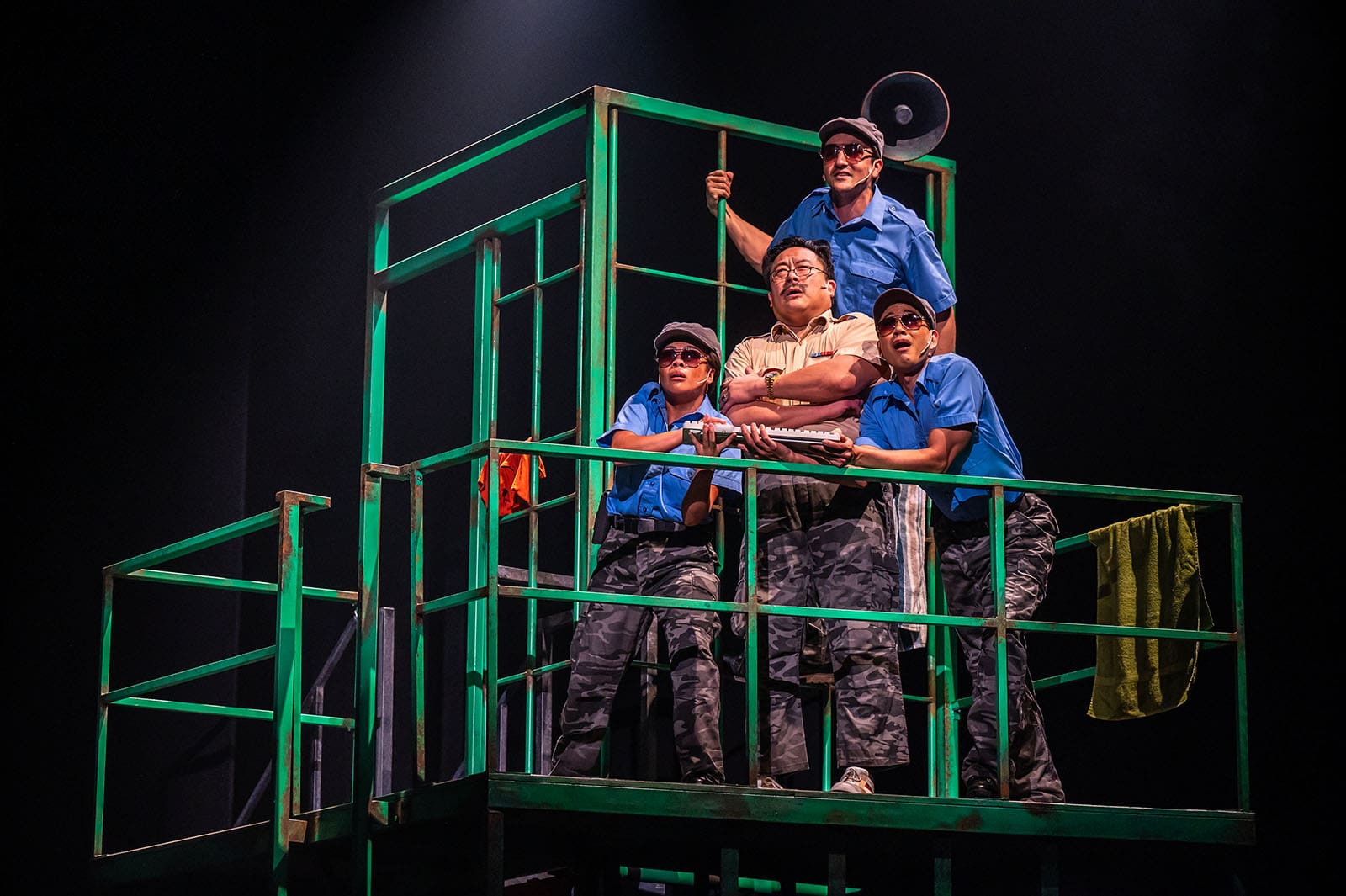
Viewed over 59 million times, the video of the dancing inmates continues to be a source of inspiration around the world. Prison Dancer, a musical created by Filipino Canadians Romeo Candido and Carmen De Jesus, premiered this year in Edmonton, Canada to enthusiastic reviews and several awards. The story delves into the heart of the inmates themselves, centered on Lola, a transgender character based on the inmate who portrayed the girlfriend in their rendition of “Thriller.”
With a sold-out run at the National Arts Centre in Ottawa in late November, the musical mesmerized audiences with its choreography and singing, but also with its examination of themes such as incarceration, addiction, and the real meaning of freedom. Prison Dancer is ultimately a story about love, community, and finding hope in the darkest places, one that upends the prevailing narrative (at least in the Philippines from 2016-2022) that drug addicts are people who need killing.
Behind this monumental staging of the first all-Filipino production in Canada is the show’s director Nina Lee Aquino, a seasoned dramaturg who has helped make Canadian theater more representative of the diversity of the country. Recently appointed Artistic Director of the English Theatre at the National Arts Centre, Nina talked to Vogue Philippines about the transformative nature of art, the importance of having younger mentors, and what it means to be the door on the wall.
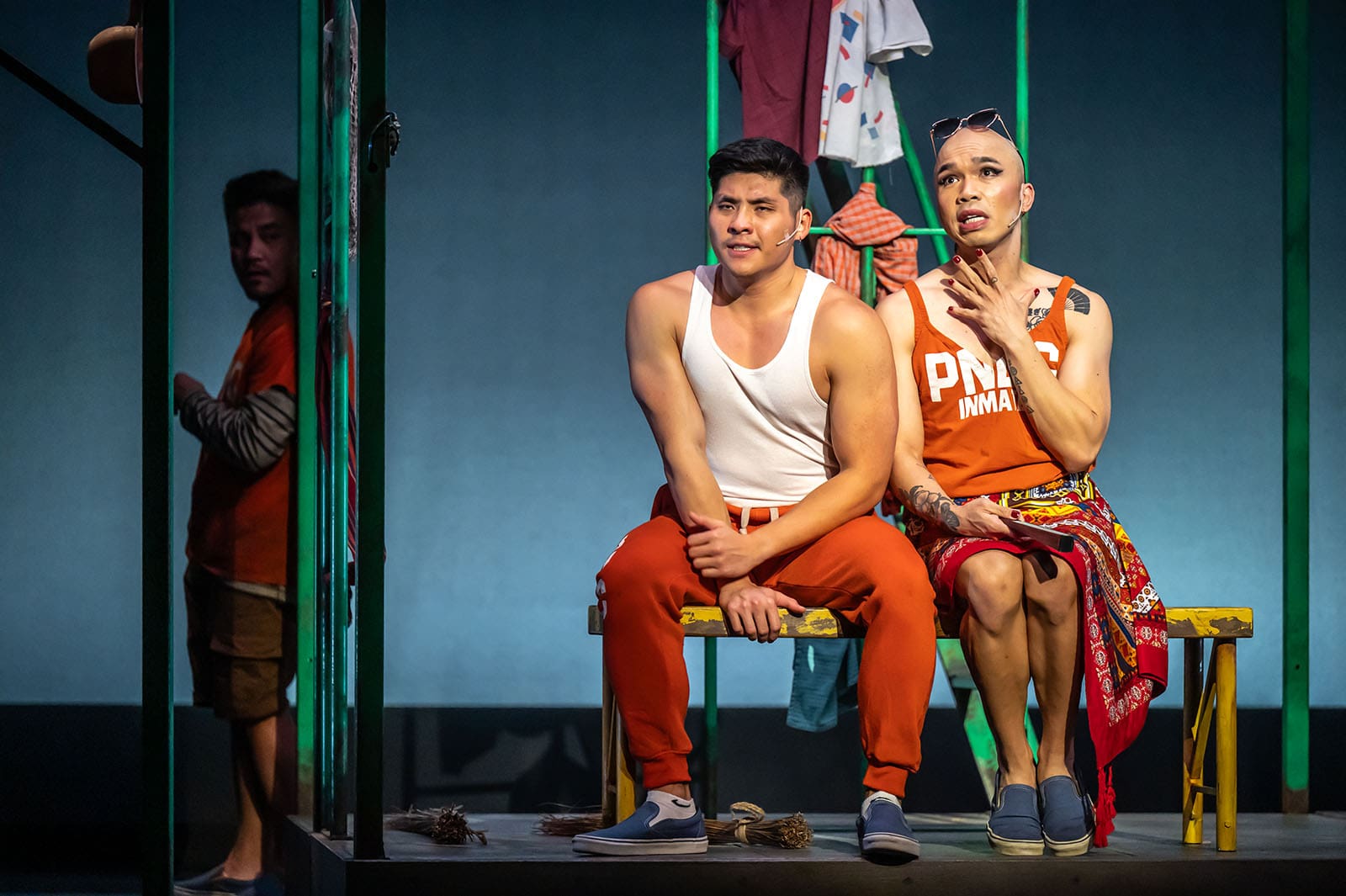
VOGUE PHILIPPINES: So I know that this musical was inspired by the video of the dancers in the Cebu jail, but obviously it’s much more than that. Can you describe what that is?
NINA LEE AQUINO: Basically it is the reimagining of how that viral sensation, the dancing inmates of Cebu, came to be. The world was watching what was happening, and the co-creators Romeo Candido and Carmen De Jesus were inspired by these inmates using dance and music as a form of discipline, as a form of order, a form of rehabilitation. And they wanted to dig deeper, and they wanted to create and humanize some of the inmates who were responsible for what happened. At some point when the dancing inmates of Cebu became really popular, it went from fascination to exploitation; it turned into the world laughing with us to laughing at us. And so Romeo and Carmen wanted to make sure that the [characters] were three dimensional, so folks would get a deeper understanding of what this was about, that it wasn’t just a YouTube viewing, but that there are stories, human stories behind this. So Prison Dancer really tracks the behind-the-scenes of how the dance came to be.
The inmates became a tourist attraction, which isn’t necessarily a good thing.
There’s always the downside of fame and glory. Non-Filipinos turned from fascination to looking at them as if they were dancing monkeys. So it was really important to Romeo and Carmen to dig deeper, look further into what might have happened and how this came to be. Again, put some humanity to the faces.
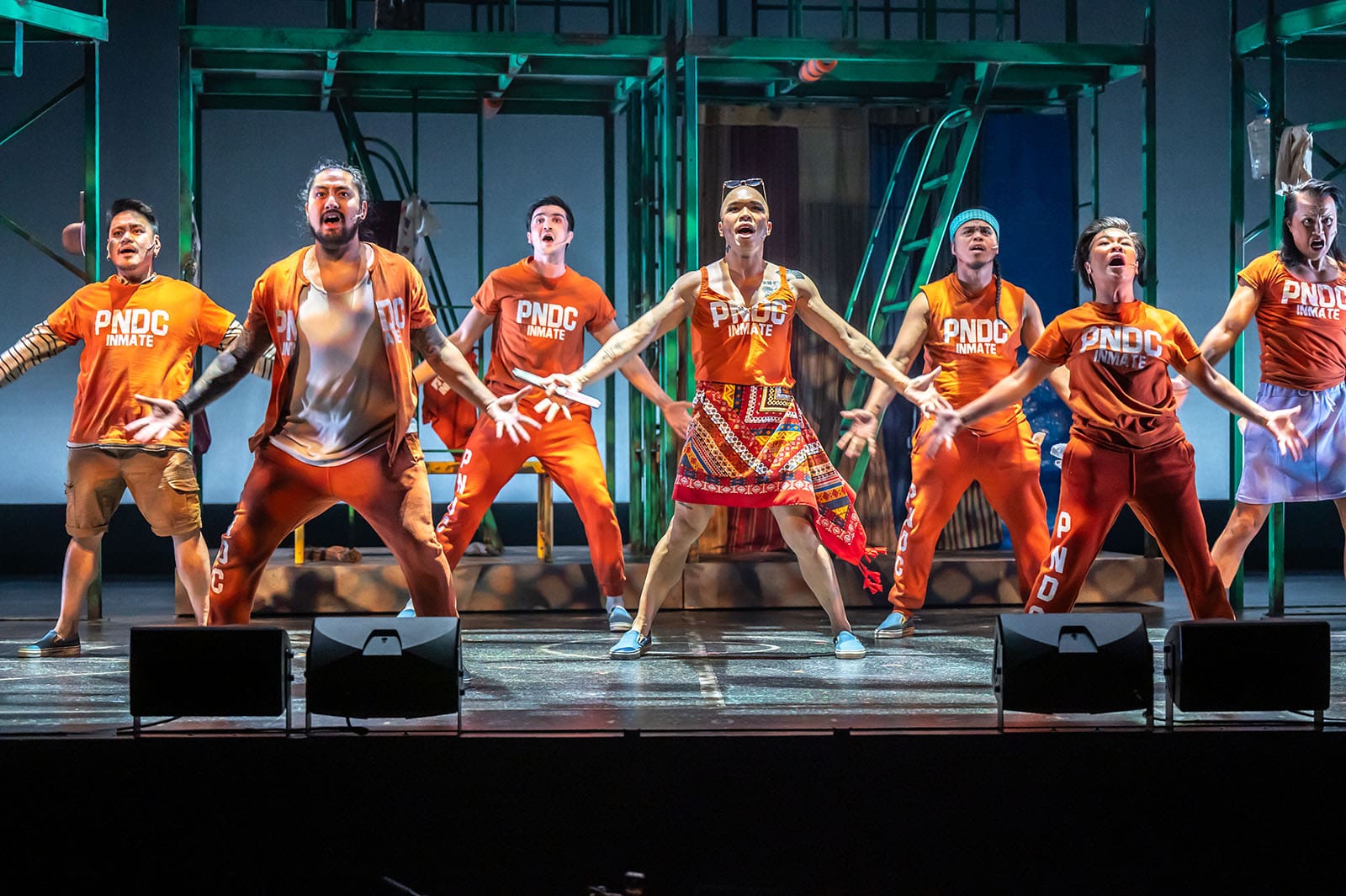
Music and dancing is great therapy, and it seems the Cebu project kind of proved that.
It speaks to the power of art, right? That’s what we do for a living as theater artists. I’ve been doing this for 20-plus years in theater here in Canada, and I really truly believe that theater has a place in contributing to making the world a better place and that’s why I do what I do, and I continue to do what I do. For me, when I first got involved with the story, I wasn’t the least bit surprised that they’re using song and dance, like of course. To me it’s a healing thing, art has a way of allowing us to confront ourselves, allowing us to transform other people, so I wasn’t surprised. It was quite a fitting form to use with the inmates.
This year is like the year for Filipinos in theater. Obviously there’s Here Lies Love, which I see parallels with—it was also about humanizing a criminal, albeit in a different way.
When we were launching Prison Dancer back in May, it was one of seven other Filipino plays that were launching. The rest of them were in the States. So it wasn’t just Here Lies Love, which was the biggest because it was on Broadway. Prison Dancer was the only one in Canada and remains the first Filipino Canadian musical ever to be produced here in this country. It’s quite monumental for us, and we were the first show of the seven or eight of us to open as well. It was really sweet because we were sending “happy opening!” cards to all the other Filipino American productions that were happening. There was definitely a nice surge of Filipino works happening across the globe, and rightly so. It’s about time.
Can you tell me about your background, how you got into theater as a young person?
My mom was a diplomat, so I got involved in theater [in the different places] where I grew up. When we went back to the Philippines, I finished high school in the Philippines, I’m a graduate of Miriam College High School. I got involved with Peta, Trumpets, and Repertory Philippines and then I was about to pursue Theatre Arts at U.P. when my mom got this assignment in Canada. So we moved. As I slowly became involved in theater in Toronto, I switched over from acting to directing, and then graduated, and just did my thing. I became artistic director at 21 years old of my own theater company that I founded, fu-GEN Asian Canadian Theatre based in Toronto, which continues to be the longest running, most successful Asian Canadian theater company in the entire country. And then I went on to become an artistic director of two other theater companies, Cahoots Theatre and Factory Theatre, becoming the first female artistic director of color of a midsize theater company back then. And now I just got this new gig, after 10 successful seasons at Factory, I’m now at the National Arts Center English Theatre.
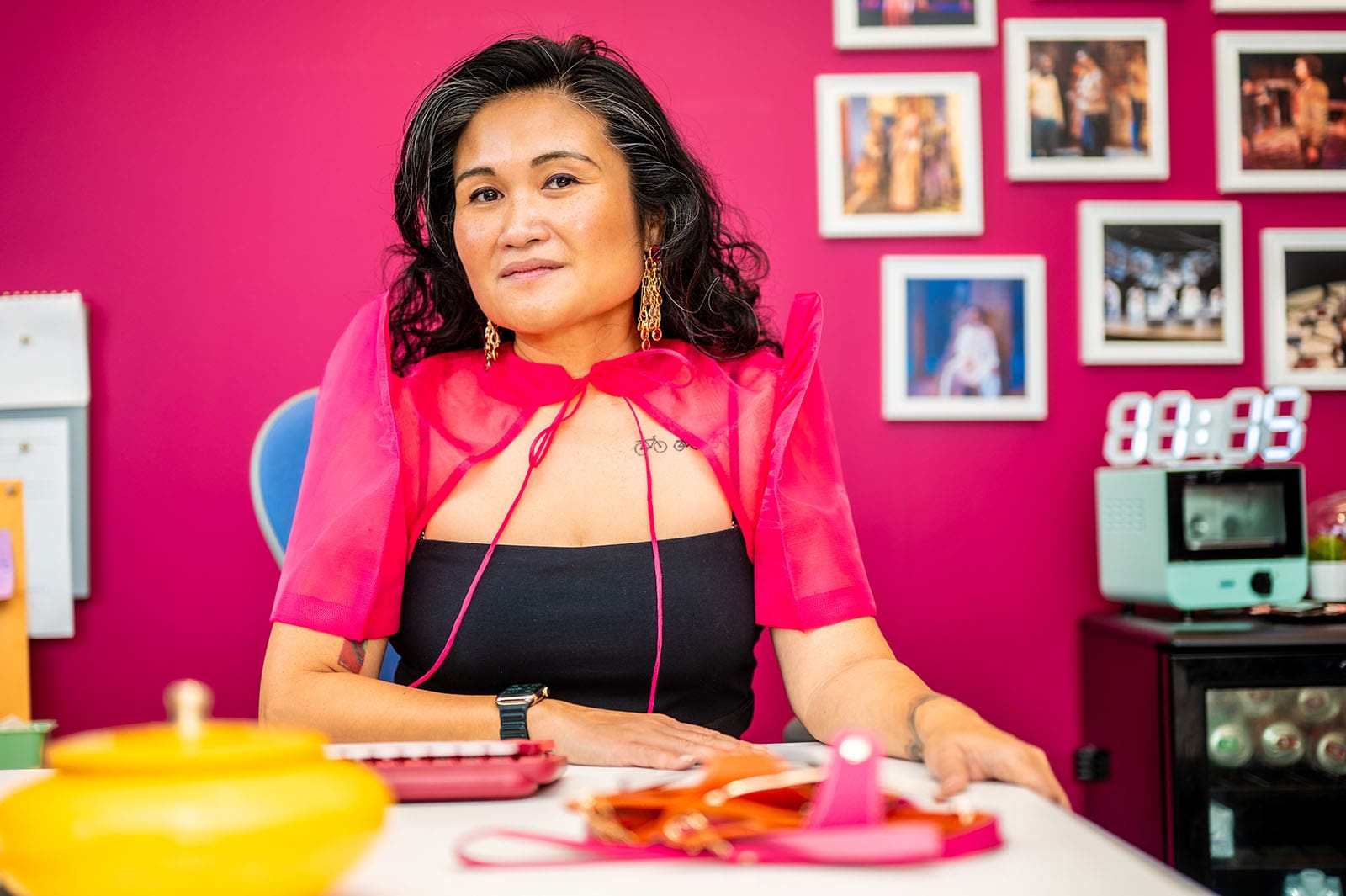
Was it challenging, pushing Asian narratives to a Canadian audience, especially in the earlier part of your career?
It’s challenging. My career has always been marked by firsts. I’m the first this and I’m the first that, and it’s because it’s my job to open doors, right? When I was starting out as an actor and kind of feeling a little bit lost and deciding what to do, one of my mentors had told me that as an actor, you’re going to be one of the thousands of people trying to knock on that wall. But if you put yourself in a leadership position and become a director, then you can become the door to that wall. I think earlier on in my career I realized I wanted to be that door. So that’s why I switched to directing and really worked hard to hone and nurture that gift. But I also realized that by being a director, I can carry the community on my back, I have the power to do that.
Being an artistic director running a theater company, not only am I in charge of a production, I am in charge of setting a theatrical tone. I am in charge of collecting stories that I can offer to audiences, stories that they’ve never heard before, never seen before. I can be in charge of amplifying voices, different kinds of voices that reflect a multifaceted Canadian experience. But like anything, there are challenges. There are always barriers because of the color of my skin, because I’m a woman, because I look young, so you’re often underestimated and there’s of course racism and discrimination that happens because of who you are and where you’re born and how you look.

A lot of the job is not just about the art, but it’s advocacy and art. Lots of revolutions need to happen in order to push stories like Prison Dancer to be on a national stage. So yes, I can be a pioneer of something, and pioneers are the first ones to open the door but often the first ones to get their teeth kicked in, so to speak. There’s also a lot of pain and a lot of trials and tribulations, a lot of tears that go into it. But you know when your mission is clear, and I was lucky enough to realize that at an early age you just do what you got to do. It’s a calling.
You mentioned having a mentor early on, but what about now, are there people who you lean on for support and advice?
As I continue to grow in my craft, it’s comforting to know that I have people that I can trust that can give me feedback and can continue to push me, to alleviate my fears, my own fears and insecurities in my own artistic works. They’re super important, and I’m really happy that they continue to be involved even now that I’m an established artist here in Canada. You can never have enough mentors. But what’s lovely now too is that I continue to gain younger mentors as well, like learning from the next generation of artists and theater artists. It’s been really great. Being a mentor myself now, one can be responsible for molding and shaping the next generation of theater artists, but it’s still a source. They’re a source of new learnings, of new discoveries for my own artistry as well. It’s just really important as a mentor to also have younger mentors.
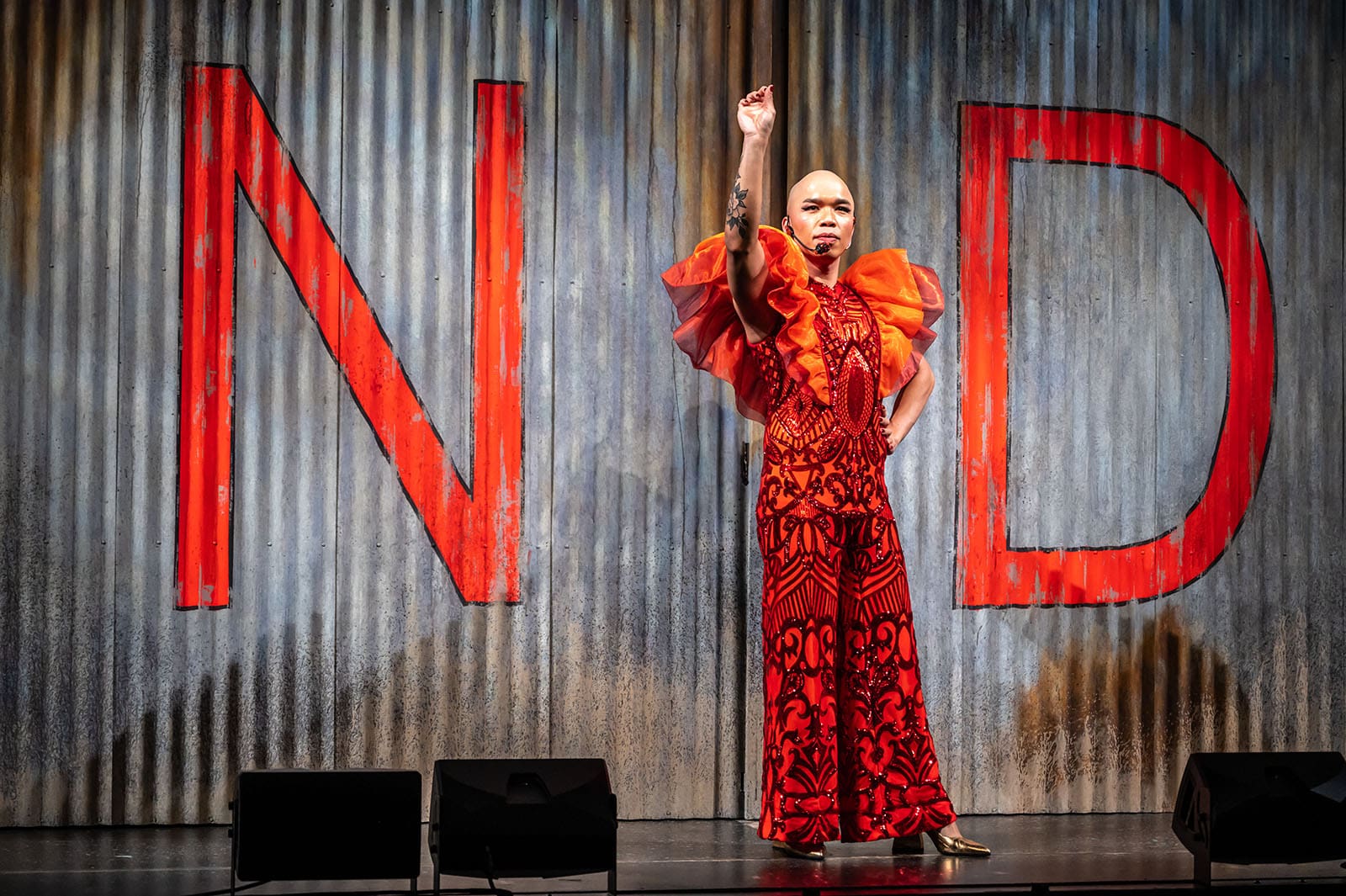
Speaking of doors, what kind of doors do you hope Prison Dancer opens for the people involved?
We’re bringing this very important story to the national stage, and some of the actors on the show, this is their first professional gig since Edmonton. So I’m hoping that the different kinds of audiences that watch, other theater directors, other artistic directors across the country, maybe even across the world get to see this, and they get to see the amazing talent that’s onstage, you know, it’s like 99 percent all Filipino cast. It would be amazing to hear from the cast that they’re moving on to other fantastic productions and making a living out of this.
Part of my job is to make sure that this piece can set them up for a really fulfilling career in theater, and not just for the actors, but for the designers, the choreographer who’s also the lead actor—Julio Fuentes, a talented, talented person and amazing collaborator. I hope after this he gets to really be the amazing choreographer that he is in other productions. The idea of just sharing talented folks from the designers to the choreographer to the musical director to the actors, and sharing it with the world, and hopefully eyes will be watching and everybody will have a fulfilling career after this.
